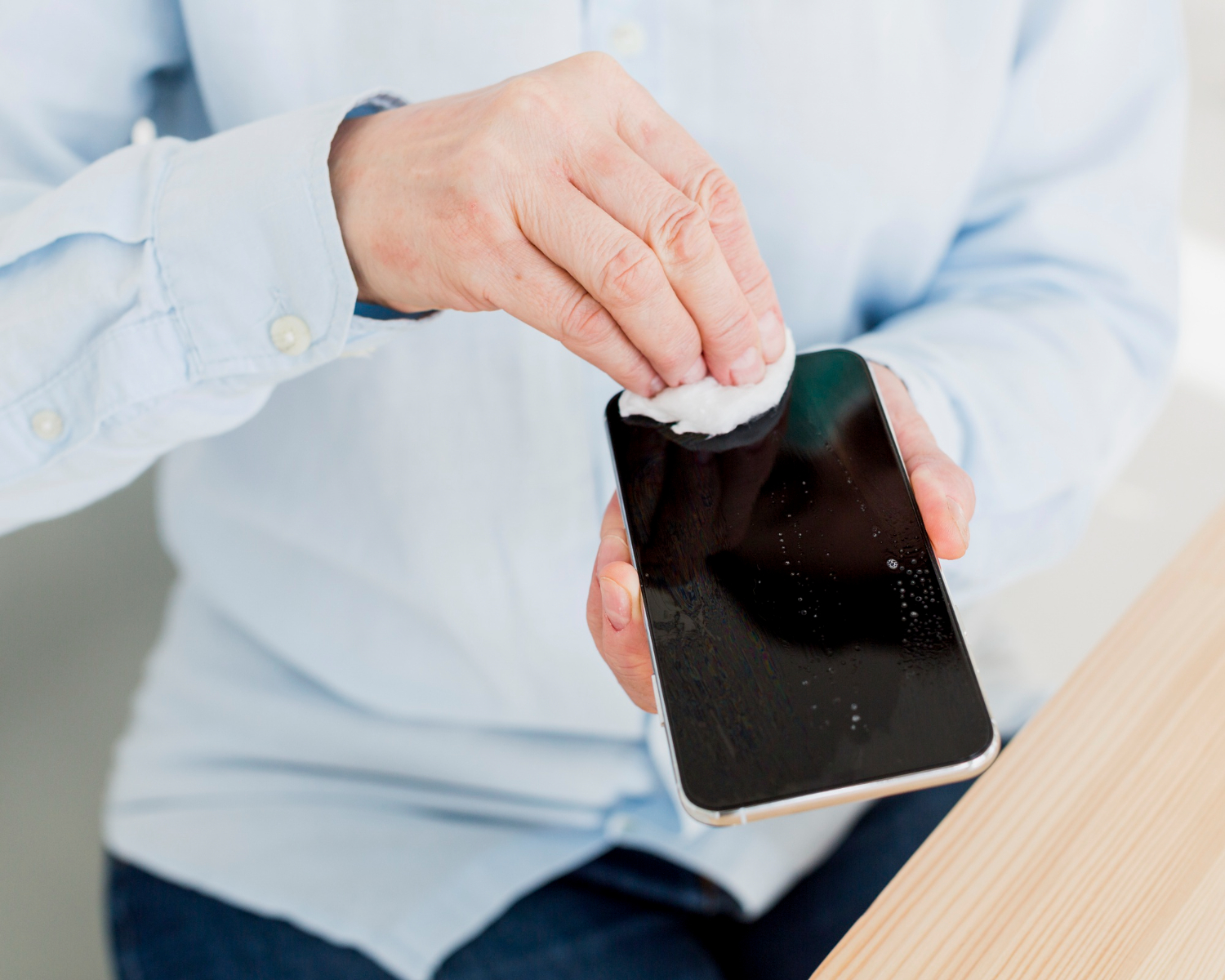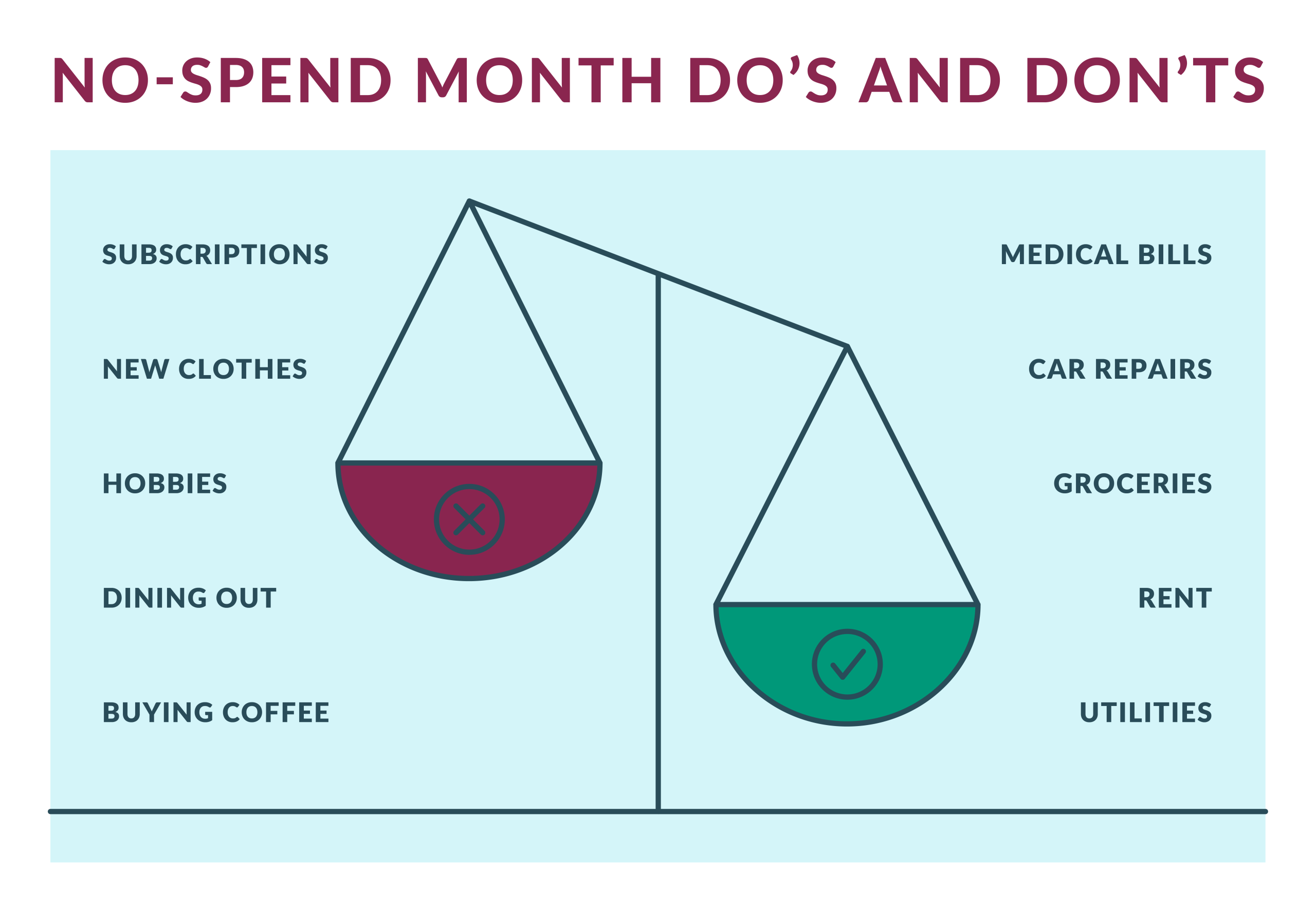Anúncios
In today’s world, smartphones have become an essential part of daily life. Whether for work, entertainment, or communication, the loss or damage of a cell phone can cause major disruptions.
As these devices become more advanced and expensive, many users are turning to cell phone insurance for added protection. But how does cell phone insurance work, and is it worth investing in?
This article will explore everything you need to know about mobile phone insurance, including coverage options, costs, and how it compares to manufacturer warranties.
We’ll also take a detailed look at some of the leading insurance providers in the market to help you make an informed decision.
How does cell phone insurance work?
Cell phone insurance is designed to protect you from the financial burden of repairing or replacing your phone in case of accidental damage, theft, or other unforeseen events.
Depending on the plan, coverage may include cracked screens, water damage, or even loss. The process typically involves paying a monthly premium, and when an incident occurs, filing a claim and paying a deductible (or “franchise”) to have your phone repaired or replaced.
One of the key advantages of having cell phone insurance is that it offers peace of mind. Even if the worst happens, you won’t be stuck paying the full cost of a replacement device.
However, not all policies are created equal, and it’s important to understand the specifics of your plan to avoid any unpleasant surprises.
What does cell phone insurance cover?
Most cell phone insurance plans cover a range of incidents, including:
- Accidental damage: Cracked screens, drops, and water damage are some of the most common claims.
- Theft: If your phone is stolen, insurance can help cover the cost of replacing it.
- Loss: While not as widely covered as other types of damage, some policies include coverage for lost phones.
- Mechanical malfunctions: In some cases, insurers offer protection against phone malfunctions that occur outside the manufacturer’s warranty period.
It’s essential to carefully review the terms and conditions of your policy to understand what’s included.
Some plans may exclude certain types of damage, or may require additional steps, such as filing a police report in case of theft or loss.

How much does cell phone insurance cost?
The cost of cell phone insurance varies depending on several factors, including the type of phone, the coverage level, and the insurer.
On average, monthly premiums range from $5 to $15 per month, though higher-end devices may incur premiums upwards of $20 per month.
In addition to monthly premiums, you will likely need to pay a deductible when filing a claim.
Deductibles typically range from $50 to $200, depending on the type of claim and the phone’s value. High-end smartphones, such as iPhones and Samsung Galaxy devices, often come with higher deductibles.
When evaluating insurance costs, it’s important to consider how much you’re willing to pay out-of-pocket for repairs or a replacement device.
For some people, the peace of mind is worth the monthly premiums, but others may prefer to self-insure by setting aside money for potential repairs.
What’s the difference between cell phone insurance and a warranty?
Many people assume that cell phone insurance and manufacturer warranties offer the same protection, but they are quite different.
A warranty typically covers defects in materials or workmanship during a specific time frame (usually one year).
For example, if your phone suddenly stops working due to a manufacturing issue, the warranty will cover the repair or replacement.
Cell phone insurance, on the other hand, covers a broader range of incidents, including accidental damage, theft, and loss.
It also provides coverage after the manufacturer’s warranty has expired. Therefore, having both can be a good idea for comprehensive protection. However, keep in mind that warranty services don’t usually require a deductible, unlike most insurance claims.

Popular cell phone insurance options
With a range of providers offering different types of coverage, it can be difficult to choose the right one.
Below, we’ve outlined some of the most popular options available in the market today, along with their key features, pros, cons, and deductibles.
AppleCare+
AppleCare+ is Apple’s in-house extended warranty and insurance plan. It covers accidental damage such as cracked screens and water damage, with two incidents allowed every 12 months. Additionally, it includes technical support and hardware repair for up to two years.
Ideal for iPhone users, covers accidental damage (e.g., cracked screens) with deductibles from $29 to $149. Monthly plans range from $3.99 to $13.49. There’s an option to add theft and loss coverage, making it convenient for those near Apple stores.
- Pros: AppleCare+ offers seamless service through Apple’s own network, which means high-quality repairs using genuine Apple parts. It’s particularly beneficial for those who live near an Apple Store.
- Cons: It doesn’t cover theft or loss unless you upgrade to the more expensive AppleCare+ with Theft and Loss plan.
- Deductible: Screen repairs cost $29, while other damage comes with a $99 deductible.
Akko
Akko offers comprehensive phone insurance, covering accidents, theft, loss, and even mechanical failures. It stands out for its affordable pricing and wide range of coverage, including phones, laptops, and tablets under one policy.
Known for its low cost, covering accidents, theft, and loss, with deductibles ranging from $29 to $99 and premiums from $5 to $15.
- Pros: Akko is highly praised for its affordable rates and quick claims process. The broad coverage makes it an attractive option for tech enthusiasts.
- Cons: It’s a relatively new company, so its long-term reliability is still being assessed.
- Deductible: Typically around $29 for most repairs, with up to $99 for theft or total loss.
Samsung Care+
Samsung Care+ is Samsung’s protection plan for Galaxy devices. It covers accidental damage, including screen cracks and liquid damage. Like AppleCare+, it also offers repairs through the manufacturer’s network, ensuring high-quality service.
Focuses on Samsung devices, covering accidental damage and mechanical failures. Monthly costs range from $3 to $18, with deductibles between $99 and $199.
- Pros: Samsung Care+ offers comprehensive protection for accidental damage, and repairs are done with genuine Samsung parts.
- Cons: Like AppleCare+, Samsung Care+ does not cover theft or loss unless you upgrade to a more expensive plan.
- Deductible: $99 for most repairs, and $249 for loss or theft if you have the premium plan.
Asurion
Asurion is one of the most well-known third-party mobile insurance providers in the U.S., often used by major carriers like Verizon, AT&T, and T-Mobile. It covers accidental damage, loss, and theft.
Used by major US carriers, covering accidental damage, theft, and loss. Monthly premiums range from $12 to $15, with deductibles between $29 and $499 depending on the device and claim.
- Pros: Asurion’s nationwide network and partnership with major carriers make it easy to get repairs or replacements quickly. It also provides same-day device replacements in some cases.
- Cons: The high premiums and deductibles can be a drawback for some users.
- Deductible: Varies depending on the phone and claim, but can range from $50 to $250.
Allstate (SquareTrade)
Allstate, through its subsidiary SquareTrade, offers a range of mobile protection plans. It covers accidental damage, including drops, spills, and screen damage, but does not cover loss or theft unless you upgrade your plan.
Offers affordable protection plans for various brands, ideal for families. Deductibles are set at $149, with monthly premiums starting at $8.99 for individual devices or $19.99 for multiple devices.
- Pros: Allstate is a trusted insurance company, and the pricing is competitive. It also offers a family plan for those who want to insure multiple devices.
- Cons: The standard plan lacks theft and loss coverage unless you upgrade.
- Deductible: Typically between $99 and $149, depending on the type of damage.

In conclusion, cell phone insurance offers valuable protection against a range of potential risks, from accidental damage to theft.
With smartphones becoming more expensive, many people find that having insurance is worth the cost for peace of mind.
However, it’s important to carefully compare your options, taking into account coverage limits, deductibles, and monthly premiums.
Whether you opt for a manufacturer plan like AppleCare+ or a third-party provider like Asurion, ensuring your phone is protected can save you from expensive out-of-pocket repairs or replacements.
To make an informed decision, explore the different providers and evaluate your phone usage and risk factors. By doing so, you can choose the best plan that fits your needs and budget.






